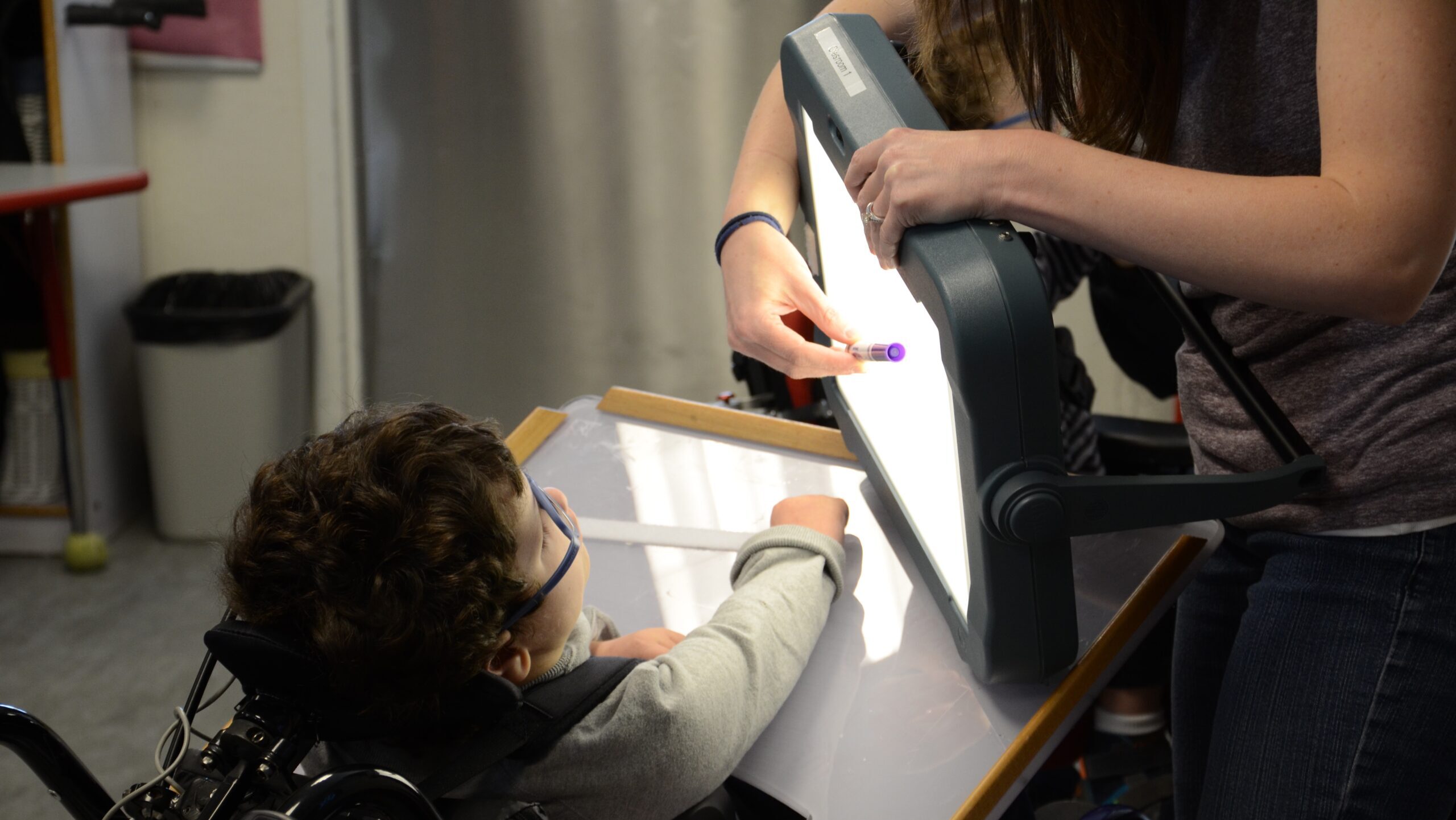The information for this section is predicated on the work of Dr. Christine Roman-Lantzy. The references we use can be found in the Resource Section for this topic.
Program planning and adjustments in the environment begin with a systematic assessment of a child’s CVI status on the basis of a functional vision assessment of the child’s unique visual and behavioral characteristics.
The CVI Range Assessment is an evaluation tool that identifies behavioral characteristics of students with CVI on a range of no functional vision to typical visual function. The assessment then guides educational interventions that address how those characteristics impact the participation of students in their educational setting (Roman, 2010).
The CVI Range Assessment is a collaborative process of parents, educators and professionals working with the student with CVI. The direct assessment section is administered by a teacher of students with visual impairment, educators and other professionals. The CVI Range Assessment includes:
